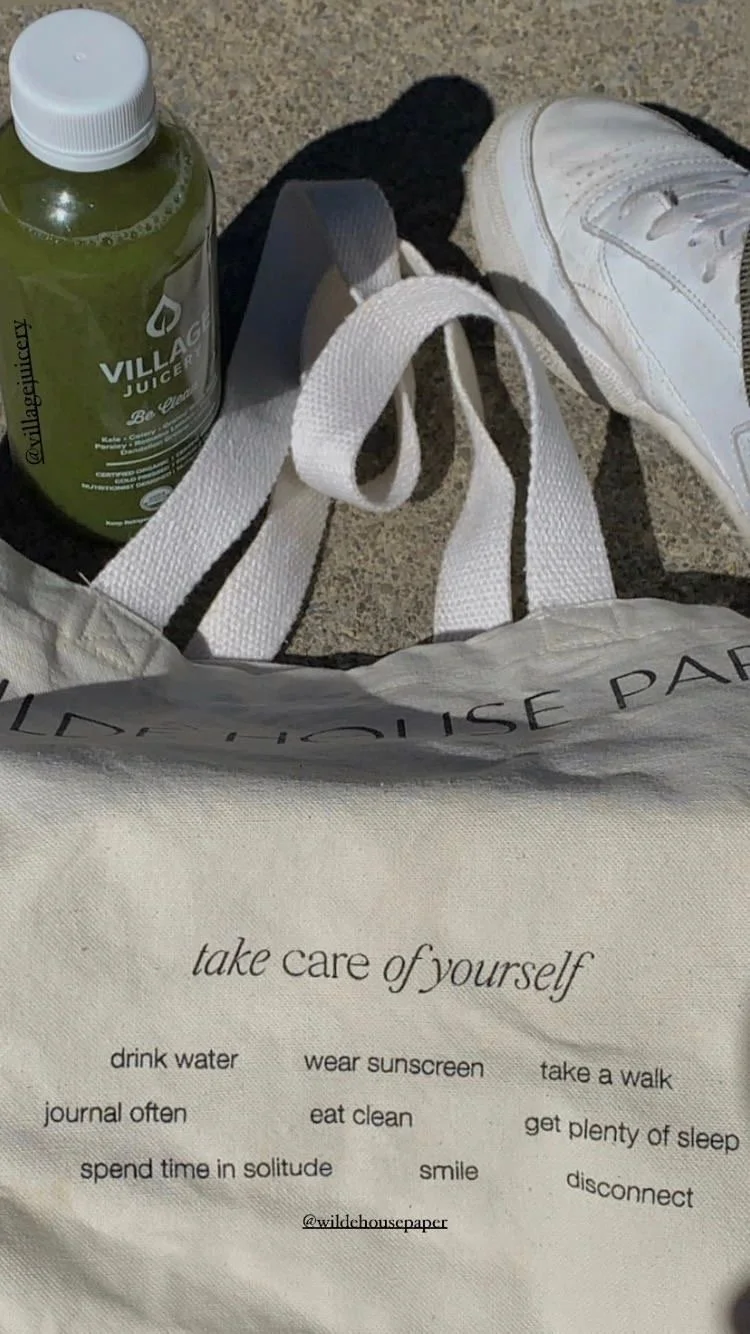Each year, cardiovascular diseases claim the lives of approximately 17.9 million people worldwide, making it the leading cause of death worldwide. These statistics emphasize the need for heightened awareness and proactive measures to combat this global health crisis.
However, despite the numbers, many overlook and ignore the significance of caring for their cardiovascular health.
This article aims to empower readers with information and practical tips on enhancing their heart health and spreading awareness about its importance to others. Whether you are looking to improve your well-being or to help those around you, understanding and applying effective strategies for prevention can make a significant difference.
By embracing this information, you can contribute to a world where fewer lives are lost to cardiovascular diseases.
No. 1
Participate in Education and Community Programs
Knowledge is power, especially when it comes to your heart health. You can deepen your understanding of cardiovascular diseases and how they affect people worldwide by joining community and educational seminars that discuss these topics. These programs offer valuable information about the basics of heart health and the latest research findings.
You also get to meet like-minded individuals who share the same concerns and interests regarding cardiovascular health along with professionals who will teach you all you need to know about the human heart.
When you participate in these events, you also get to go home with freebies like custom wristbands or personalized items like t-shirts and caps. These items remind you of your commitment to heart health and can become tools that you can use to spread awareness about the cause.
No. 2
Eat Food that is Good for the Heart
A heart-healthy diet is a cornerstone of cardiovascular disease prevention. Plan your meals around foods beneficial for cardiovascular health, like whole grains, lean proteins, fruits, and vegetables. These foods supply the body with essential nutrients while minimizing the intake of unhealthy fats, cholesterol, and sodium.
Moreover, omega-3 fatty acids in fish like salmon and trout can lower the risk of arrhythmias and decrease triglyceride levels. Incorporating these foods into your diet can reduce heart disease risk and promote health.
No. 3
Participate in Social Media Campaigns and Public Events
If you are eager to raise heart health awareness and spread the word, you can simply harness the power of social media platforms. You can share, repost, or create your content about heart health tips, success stories of persons who survived deadly cardiovascular diseases, and recent studies related to cardiovascular health.
When there are public events related to heart health awareness near you, like charity runs, health fairs, and screening days, take the opportunity to join these activities. These events, whether online or offline, create a sense of solidarity and motivation among the community. It also enables a society that values and actively pursues better heart health.
No. 4
Engage in Regular Physical Activity and Exercise
Regular physical activity is vital for maintaining a healthy heart. The American Heart Association recommends at least 150 minutes of moderate-intensity aerobic exercise or 75 minutes of vigorous exercise per week, complemented by muscle-strengthening activities on two or more days.
In addition to lowering the risk of high blood pressure, high cholesterol, and diabetes, exercise also helps control weight and improve mood and mental health. You may maintain a regular fitness program by picking an activity you enjoy and can do daily, whether it is a dance class, cycling, swimming, or brisk walking.
No. 5
Maintain a Healthy Weight
Achieving a healthy weight is essential for heart health, as excess abdominal weight elevates the risk of heart disease, diabetes, and high blood pressure. Try to practice a sustainable lifestyle and manage your weight by incorporating a balanced diet, regular exercise, and portion control.
You can regularly track your Body Mass Index (BMI) scores and book consultations with a healthcare provider to monitor your progress and maintain your weight goals.
No. 6
Quit Smoking and Limit Alcohol Intake
Smoking and alcohol are two of the most significant risk factors for developing chronic heart diseases. The chemicals in tobacco can damage the heart and blood vessels, which leads to the narrowing of the arteries (atherosclerosis) and can ultimately result in a heart attack. Quitting smoking is a critical step towards improving heart health.
Likewise, limiting alcohol consumption can prevent the likelihood of high blood pressure, arrhythmias, and cardiomyopathy. If you or someone you know is having trouble quitting their vices, there are many effective resources available that can assist you, from nicotine replacement therapies to support groups.
No. 7
Manage Your Stress Effectively
Chronic stress exposes the body to elevated levels of stress hormones like cortisol, which can increase heart rate and blood pressure, potentially leading to heart damage over time. To avoid this, it’s best to adopt stress management techniques in your daily routine, such as exercise, meditation, deep breathing exercises, and engaging in enjoyable hobbies.
Moreover, you can seek support from friends, family, or professionals for emotional comfort and stress relief. Recognizing and managing stress improves your quality of life and aids in the prevention of heart-related health issues.
Takeaways
Heart health is not solely the absence of disease but a state of overall well-being that enables you to enjoy life to its fullest. The strategies discussed in this article are essential to enhancing your holistic health and helping you lead by example in other communities.
The journey towards a healthier heart is a collective one that requires the support, encouragement, and participation of everyone who believes in its cause. When you share your knowledge and actively participate in awareness initiatives, you can make a difference in the lives of many.
Every step you take towards improved heart health is towards a healthier, happier life for yourself and those you love.






